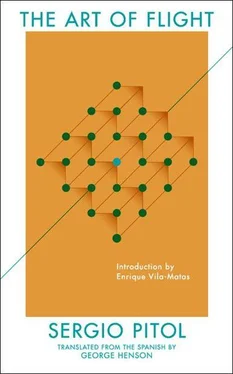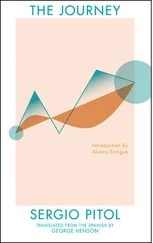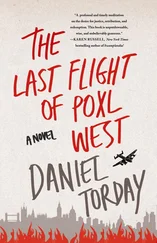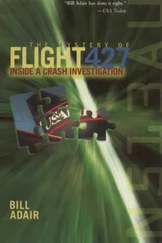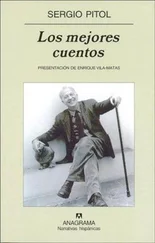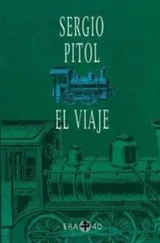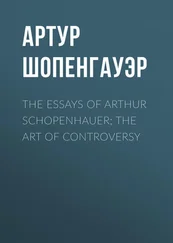Once in Siena, my traveling companion telephoned a few friends at whose home we had dinner, and then he accompanied me very late to the station, where our paths parted. I spent a few hours in the waiting room. I wasn’t able to sleep. That wait was like a reality check that rendered phantasmagoric my memory of the family rituals of Bonizzo, the complicated medieval maneuvers to heat the beds for the purpose of keeping them warm at night, the beauty of the spaces, the marvelous dinners prepared under the direction of my tía Argia, the good manners, the fire in the hearths, the Etruscan pieces. In contrast, I was enveloped in the smoke of dreadful cigarettes, coarse accents, and endless guffaws. It was like stepping onto foreign soil. There were few who slept. Men and women of different ages killed time recounting episodes of their lives, family intimacies, jobs and job searches; the youngest talked about unrealistic projects, recounted with a joy and innocence that managed to transform the most scabrous passages — and believe me there were! — into dialogues of pastoral purity.
I left there at dawn to go see the walls, awash in sienna red. I ate breakfast and walked to the museum, ready to experience ecstasy before the Byzantine splendor of the great Duccio. But it was still a holiday and no museums were open. I could have stayed in Siena a couple of days, but I could not resist the temptation of going to Rome, of introducing myself to Canova, to tell Araceli and María Zambrano and their friends about my family experience in Bonizzo, and to find out how they had spent the holidays, and to make plans for the following days. I thought I would return very soon. So I decided to walk only a bit through the city’s center, to enjoy its splendor and a while later take the bus that would leave me in Rome.
Thirty years had to pass, however, for me to again see the walls of that exceptional city.
I returned to deliver a talk on my most recent novels at the Faculty of Arts at the University of Siena during the course of an afternoon devoted to Hispano-American culture. The event would begin at five or six in the afternoon; I would speak, then there would be a music program organized by the students, perhaps a discussion, and it would conclude with a dinner at a home not far from Siena.
I had arrived in Florence, where I called Melis to coordinate our trip to Siena, the day before the event. She would come by, she said, to pick me up at my hotel the next day at seven in the morning. Later, I called Antonio Tabucchi’s number in Florence. I was told that he was at his home in Vecchiano, a town near Pisa, and they gave me his telephone number. I tracked him down shortly thereafter; I told him that I was in Florence and that the next day I was leaving with Professor Melis for Siena, where that evening I was to meet with the students. He replied that he already knew, but regrettably was not going to be able to attend. He had to get some papers in order and then take care of some tax-related matters, which had him very anxious. He had no idea when he might be able to leave his appointment, but he suggested I go to Vecchiano from Siena and stay a few days at his home. He assured me that I would like the region and that there were sites of interest in Pisa. I explained to him that I would be delighted to accept his invitation, but my schedule was very tight. I would be leaving Siena the morning following the event; I was to be present when the award was presented to Augusto Monterroso in Rome and then return to Barcelona, where I had already committed to meet Jorge and Lali Herralde. In short, we would have to see each other another time.
I had admired Tabucchi since Anagrama had published The Woman of Porto Pim and Indian Nocturne. I awaited the arrival of each of his books after their release in Italy, and I arranged for their immediate delivery. I had written about them. I would have liked immensely to talk to him about one of his novels, The Edge of the Horizon , which reminded me of Conrad at his best, as elusive and multivalent as The Secret Sharer. The Edge of the Horizon possesses that absolutely intimate quality nourished by the everyday fantastic found in the best of Tabucchi’s stories. The reader is witness, and in a certain way accomplice, to a secret battle that takes place nonstop between allusion and elusion. The more precise the details, the more mysterious the story becomes.
I spent the rest of the day at the Uffizi. The long stroll itself through the visual splendor of the Renaissance made the trip worthwhile. Everything there is magnificent. I lingered in the hall of the Sienese three hundred, as if I were anticipating what I would see the next day. Two of the works on exhibit, the Madonna in Maestà , by Duccio di Buoninsegna, and Simone Martini’s The Annunciation with St. Margaret and St. Ansanus left me so amazed that when I thought of Siena the referent was not my conference but rather the previous visit I made to the Museum of Art. After the Uffizi Gallery, I walked through the city for a few hours; when I arrived at the hotel, I fell into bed like a ton of bricks.
I left Florence for Siena at 7:00 A.M., accompanied by Antonio Melis. The first news that met me was so awful that I rejected it out of hand, as if I had not yet awakened and were trapped in a nightmare. It was the 27th of May, 1993. Antonio turned on his car radio, where we heard the confirmation. A huge explosion had occurred the night before at the Uffizi, which resulted in seven deaths, several injuries, and the destruction of part of the building. We made the drive from Florence to Siena in a state of shock. Melis tried to clarify for me somewhat Italy’s labyrinthine political and social reality: the collapse of the Christian Democracy, whose monopoly on power had lasted more than a half century, corruption, the judicial proceedings against politicians, the ties to the mafia, drug trafficking; in short, everything that had rocked Italy for a couple of years. The catastrophe that had taken place that day could be one of the consequences of that fall into disgrace. It was perhaps an effort to destabilize Italy, to strike at its most sensitive sites, to deter the police investigations into the nexuses between political and criminal power, or, if not, to live with its consequences. I arrived in Siena very distraught. The idea of having been in those precincts for several hours, shortly before the explosion, at perhaps the same time as the criminals as they studied the last details, added to my unease. If it were a nightmare, I would feel as if I were being watched, investigated, surrounded, I would end up feeling guilty, yes, I would doubt myself, rack my brain trying to prove my innocence without being convinced myself. Someone would swear that I had been seen in the car disguised as a taxi or an ambulance that introduced the dynamite into the museum. We all know how nightmares are. When we arrived in Siena we learned that only a few paintings had been affected, and none destroyed. The deaths and injuries were the result of the dynamite having been placed in a section where part of the museum’s custodial staff lived.
Antonio Melis drove me to the university and introduced me to Lia Ogno, who then took me to the hotel where I would be staying, which was not very far. I had most of the day free. I walked with Lia through the city’s medieval center, through wonderful alleys, through plazas whose preservation seemed miraculous. We said goodbye in the main Piazza del Campo. I picked up my pace and looked for the museum. I needed to embrace it. The gate to the entrance was draped by an enormous black fabric. All museums and art centers in Italy were closing their doors for two days in mourning and protest for the attack against culture carried out in Florence.
Читать дальше
